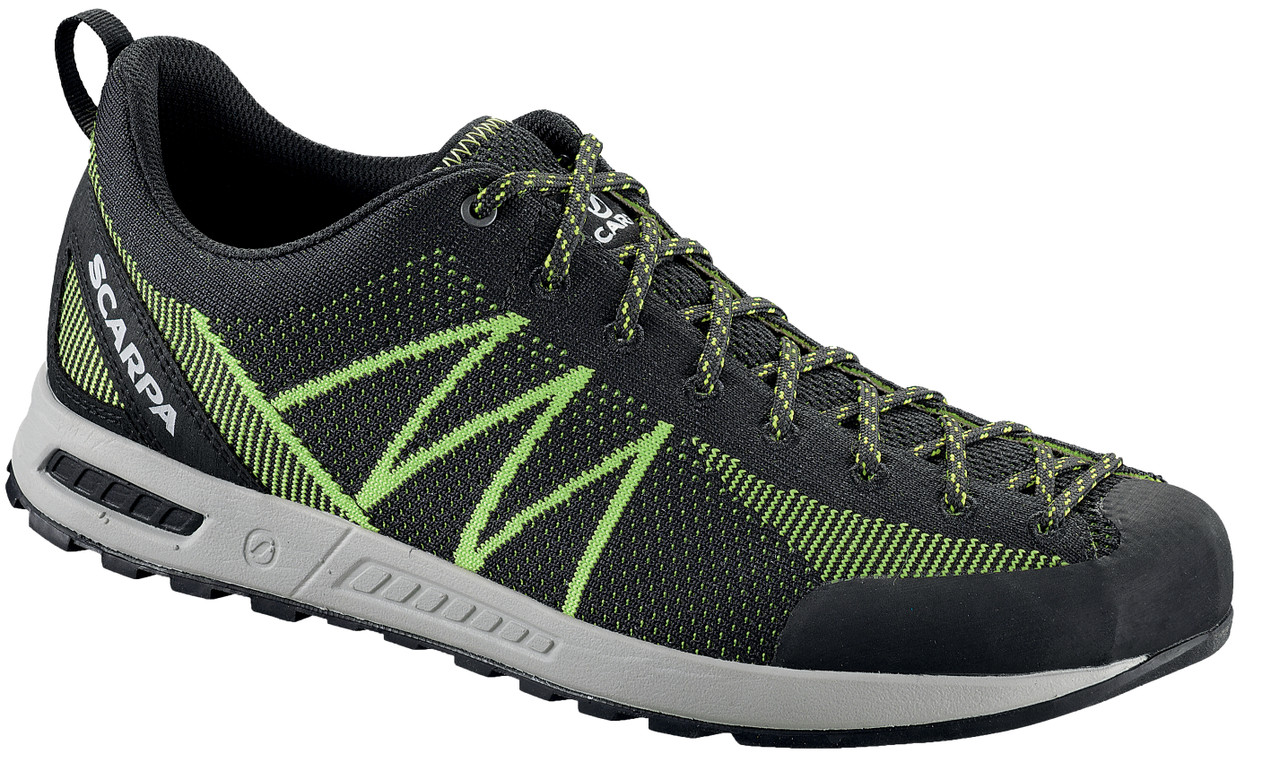Women's to Youth Shoe Size Conversion

When it comes to shoe sizes, the differences between women’s and youth sizes can be confusing, especially for those shopping for younger family members or trying to convert sizes for themselves. Understanding the conversion between women’s and youth shoe sizes is essential for finding the perfect fit, whether you’re buying shoes online or in a physical store.
To start, it’s crucial to recognize that shoe sizes are not universal and can vary significantly between brands and styles. However, there are general guidelines that can help navigate the conversion process. Typically, youth shoe sizes are designed for children, and they range from size 1 to size 6 in youth sizes, which correspond to specific sizes in women’s shoe sizes.
Women’s to Youth Shoe Size Conversion Chart
The following chart provides a general guide for converting women’s shoe sizes to youth sizes. Keep in mind that this is an approximation and can vary depending on the brand and style of the shoe.
| Women’s Size | Youth Size |
|---|---|
| 4 | 2-3 |
| 4.5 | 3 |
| 5 | 3-4 |
| 5.5 | 4 |
| 6 | 4-5 |
| 6.5 | 5 |
| 7 | 5-6 |
| 7.5 | 6 |

This chart indicates that, for example, a women’s size 5 could correspond to a youth size 3 or 4, depending on the brand and the specific shoe style. It’s also important to note that some brands might offer junior sizes, which fall between women’s and youth sizes, further complicating the conversion process.
Factors to Consider for Accurate Conversion
Brand Variations: Different brands have different sizing standards. What might be a size 5 in one brand could be a size 4 or 6 in another. It’s essential to check the sizing chart for each brand you’re considering.
Shoe Style: The style of the shoe can also affect sizing. For instance, sneakers might fit differently than boots or sandals. Consider the type of shoe you’re looking for and how it might impact the size conversion.
Personal Preference: Some people prefer their shoes to fit more snugly, while others like a bit more room. When converting sizes, consider the wearer’s personal preference for fit.
Growth Room: For youth sizes, especially, it’s often a good idea to leave a bit of “growth room” in the shoes, so they don’t become too small too quickly. However, too much room can lead to blisters and discomfort.
How to Measure for the Perfect Fit
To ensure the best fit, especially when converting between women’s and youth sizes, measuring the foot is crucial. Here’s a simple method:
- Place the Foot on Paper: Have the wearer stand on a piece of paper with their weight evenly distributed on both feet.
- Draw Around the Foot: Carefully draw around the foot with a pencil, making sure the pencil is straight and the line is as close to the foot as possible.
- Measure the Length: Use a ruler to measure the length of the foot drawing from the back of the heel to the tip of the longest toe.
- Compare to Size Charts: Most shoe brands provide size charts that include the corresponding foot length for each shoe size. Compare your measurement to these charts to find the best fit.
Conclusion
Converting women’s shoe sizes to youth sizes requires understanding the general guidelines and being aware of the nuances that can affect sizing, such as brand variations and personal fit preferences. By using a conversion chart as a starting point and considering these factors, you can find the perfect fit, whether for yourself or someone else. Remember, sizing can vary, so don’t hesitate to consult with customer service or a shoe fitter if you’re unsure about the best size.
FAQ Section
How do I know if a shoe fits properly?
+A shoe fits properly if it feels comfortable, with about a half-inch of space between the end of the longest toe and the shoe. The heel should fit snugly, and the shoe should not slip off the foot when walking.
Can I use the same conversion for all shoe types?
+No, the conversion can vary depending on the shoe type. For example, boots might fit differently than sneakers due to the design and material. Always check the sizing chart for the specific shoe style you’re interested in.
How often should I remeasure my foot for size?
+Foot size can change over time due to various factors, including age and health conditions. It’s a good idea to remeasure your foot at least once a year, or whenever you notice a change in how your shoes fit.



